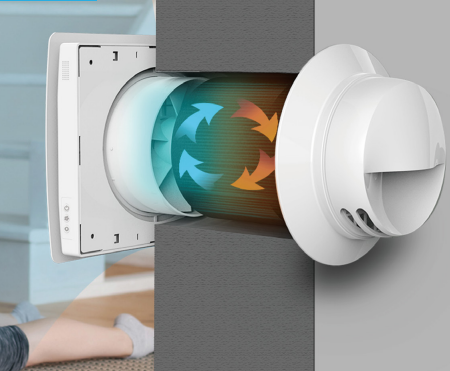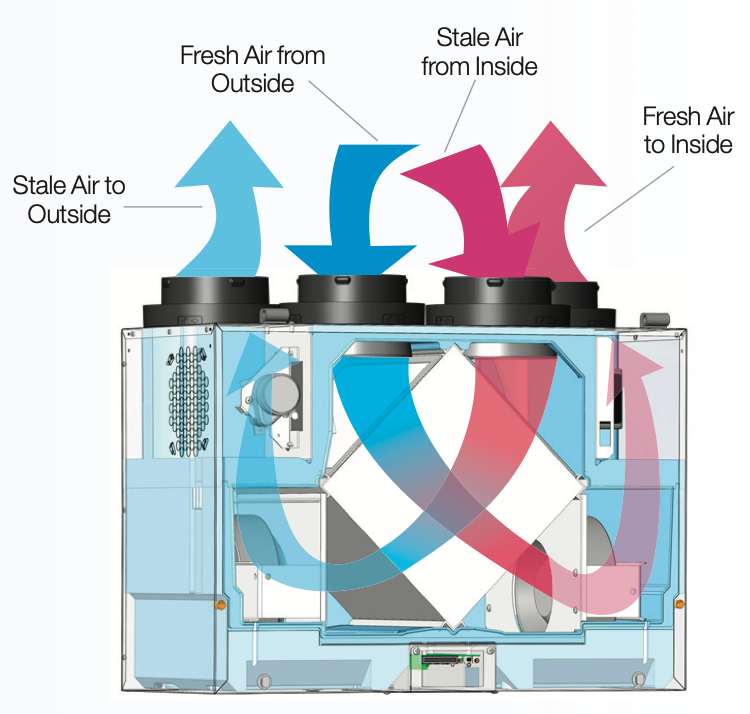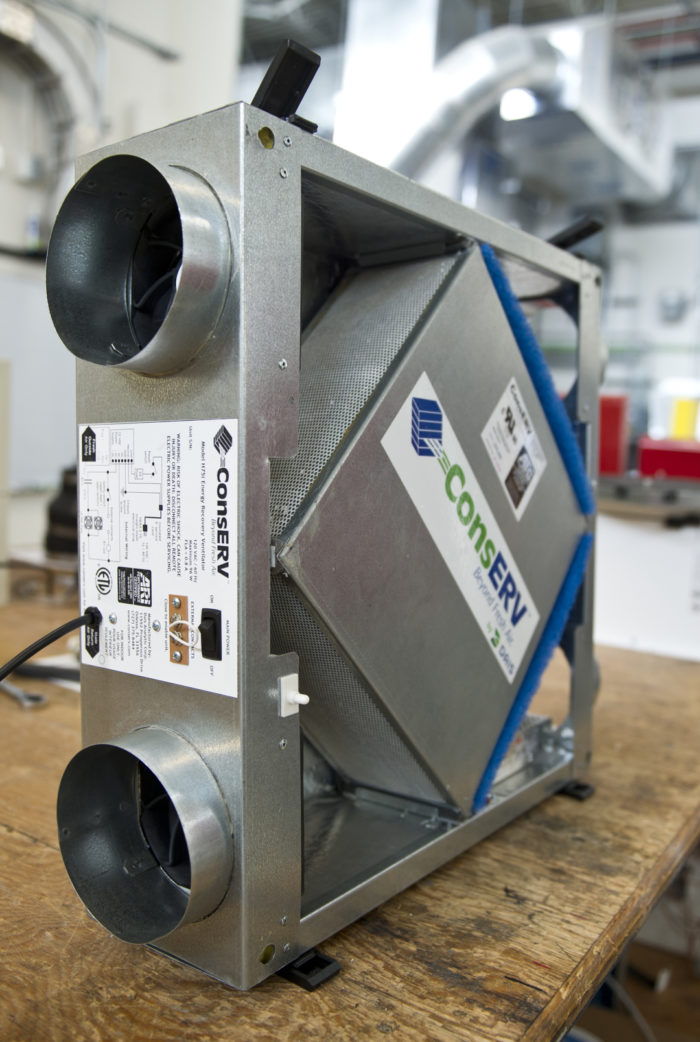How HRV Balances Indoor Moisture Levels
The All-Inclusive Overview to the Uses of Heat Recovery Ventilation in Modern Structures
Heat Recovery Ventilation (HRV) systems represent a substantial improvement in building modern technology (HRV Heat Recovery Ventilation). They supply a method for trading stale indoor air with fresh outside air while minimizing energy loss. This strategy not just enhances indoor air high quality yet also adds to power performance in both property and business buildings. Comprehending the various applications and benefits of HRV can disclose its crucial duty in modern layout and sustainability initiatives. The ramifications of this innovation deserve exploring better
Recognizing Heat Recovery Ventilation Equipments

Many contemporary structures focus on power efficiency, understanding warm recuperation ventilation (HRV) systems is essential for maximizing indoor air quality and reducing energy intake. HRV systems work by transferring warmth from stale indoor air to inbound fresh air, efficiently preserving comfortable indoor temperatures while reducing energy loss. These systems include a warmth exchanger, followers, and ductwork that promote the blood circulation of air. During winter, HRV systems capture and reuse heat from the outgoing air, while in summer, they can aid cool down inbound air. By constantly exchanging air, HRV systems also reduce moisture and the focus of interior pollutants. Proper installment and upkeep of HRV systems are necessary for their efficiency and performance in boosting total building performance and convenience.
Benefits of Heat Recovery Ventilation
Heat recovery ventilation systems use numerous benefits that improve both power performance and interior air high quality in contemporary buildings. By recording and recycling power from exhaust air, these systems greatly reduce heating and air conditioning prices, causing reduced energy consumption. They keep a stable circulation of fresh outside air, minimizing the threat of indoor air toxins and allergens. This continual exchange helps control humidity levels, preventing mold and mildew growth and making sure a much healthier living atmosphere. Additionally, HRV systems add to sustainability goals by decreasing overall carbon footprints. Their capability to optimize air flow without sacrificing thermal comfort makes them a useful addition to modern structure style, advertising both economic and environmental advantages.
Applications of HRV in Residential Buildings
As home owners progressively prioritize power effectiveness and interior air top quality, the applications of warm recuperation air flow (HRV) systems in domestic structures have actually become a lot more widespread. HRV systems are particularly useful in snugly secured homes, where maintaining fresh air flow is crucial for preventing wetness accumulation and interior pollutants. They effectively transfer warm from outbound stale air to inbound fresh air, reducing power costs associated with cooling and heating. Furthermore, HRVs can improve comfort levels by controling moisture and temperature level. They are additionally versatile for numerous household layouts, consisting of single-family homes and multi-unit structures. On the whole, incorporating HRV systems sustains lasting living methods while making sure a much healthier interior atmosphere for passengers.
HRV in Industrial and Industrial Settings
In commercial and commercial settings, the application of heat recuperation air flow (HRV) systems has become increasingly important for enhancing energy effectiveness and keeping air top quality. These systems successfully transfer heat from exhaust air to inbound fresh air, lowering the demand for extra heating or air conditioning. This not only reduces energy prices yet also adds to sustainability campaigns. Industries such as production, warehousing, and office complex profit considerably from HRV systems, as they assist control temperature and humidity degrees, ensuring a comfortable and effective environment. Moreover, HRV systems aid in eliminating pollutants and excess dampness, boosting interior air quality. As policies around air top quality become more stringent, the fostering of HRV modern technology is most likely to grow, making it an important component of modern-day commercial and commercial framework.
Future Trends in Heat Recovery Ventilation Technology

Often Asked Concerns
Just How Does Heat Recovery Ventilation Influence Indoor Air Top Quality?
Heat recovery ventilation substantially boosts indoor air quality by continuously trading stagnant indoor air with fresh outdoor air while recouping power. This process reduces toxins, keeps ideal moisture levels, and guarantees a much healthier setting for passengers.
Can HRV Solutions Be Installed in Existing Structures?
HRV systems can without a doubt be set up in existing buildings. Retrofitting might need modifications to ductwork and air flow designs, but it considerably improves power efficiency and interior air high quality, making it a practical alternative for older structures.
What Upkeep Is Required for HRV Systems?

Exist Particular Climates Where HRV Is Much More Reliable?
Heat recovery ventilation systems are specifically effective in environments with significant temperature level differences in between seasons. These systems optimize energy effectiveness by recovering warm from exhaust air, making them ideal for both cool and moderately cozy settings.
How Do HRV Systems Affect Energy Expenses?
